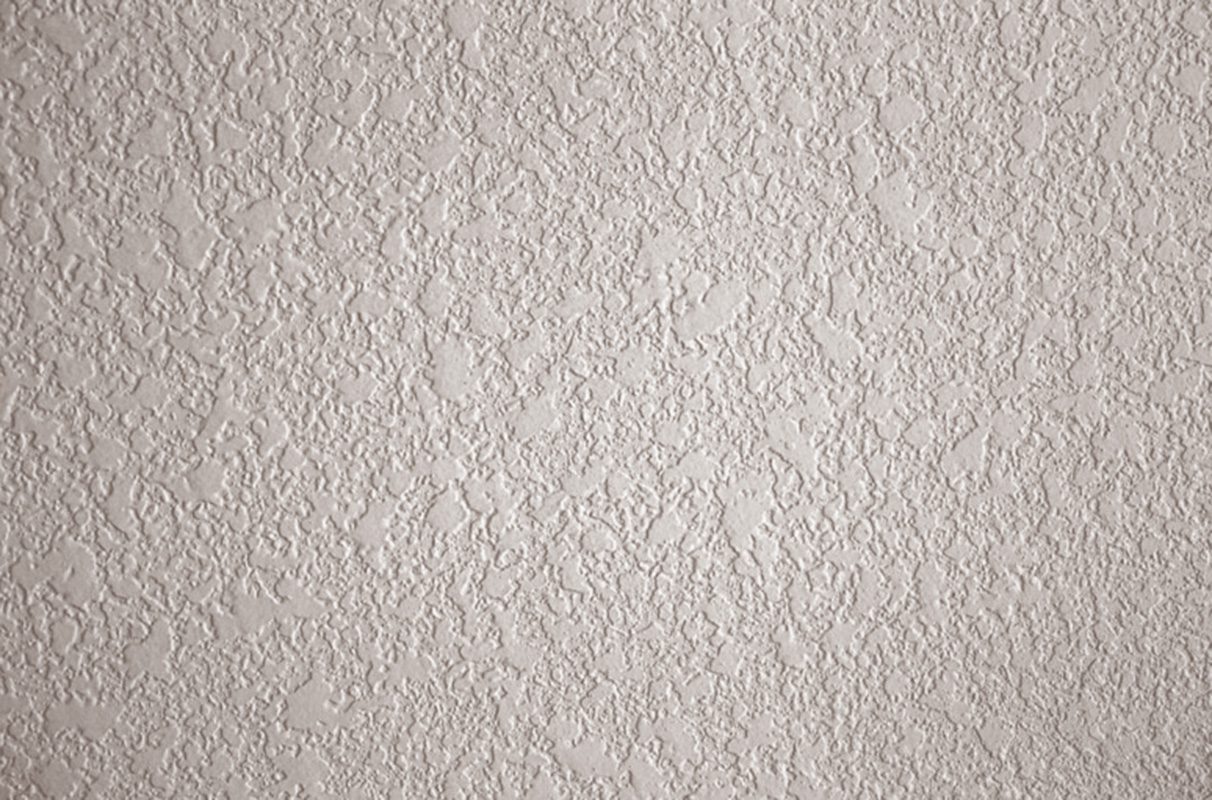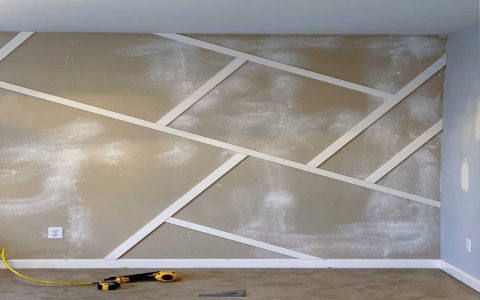Wall textures serve both aesthetic and practical purposes, offering various visual styles while also helping to hide imperfections on wall surfaces. Understanding the different types available is key to selecting the appropriate finish for a space.
Smooth Finish
A smooth finish is characterized by its complete lack of texture, providing a sleek, modern, and clean look. It requires a high level of drywall finishing (Level 5) as it shows imperfections readily. While elegant, it can be more challenging and costly to achieve perfectly and repair seamlessly.
Orange Peel Texture
This texture resembles the skin of an orange, with a subtle, bumpy surface. It is applied using a spray gun and is popular for its ability to hide minor wall flaws effectively. Orange peel is durable and relatively easy to clean. It's a common choice for new construction and rental properties.

Knockdown Texture
Knockdown texture is created by spraying a texture material onto the wall and then "knocking down" the peaks with a drywall knife before it fully dries. This results in a more dimensional, somewhat flattened stucco-like appearance. It's more pronounced than orange peel and offers good imperfection hiding capabilities.
Popcorn (Acoustic) Texture
Also known as acoustic texture, popcorn texture was widely used for ceilings due to its sound-dampening qualities and ability to hide significant imperfections. It has a very coarse, lumpy appearance. However, its popularity has declined, partly because older applications may contain asbestos, and it can be difficult to clean or repair.
Sand Swirl Texture
Sand swirl texture is created by mixing sand with primer or paint and applying it in a swirling pattern using a brush. This technique produces an artistic, patterned finish that can range from fine to coarse depending on the sand grit and application method. It adds a distinct visual interest to walls.
Slap Brush Texture (Crow's Foot)
This texture is achieved by "slapping" a stiff-bristled brush (often a "crow's foot" brush) onto a wet drywall compound or texture mix applied to the wall. It creates a distinctive, fan-like or sunburst pattern. The intensity and design depend on the brush and technique used.
Comb Texture
Comb texture is created by using a toothed trowel or comb to create patterns in a wet drywall compound. Common patterns include rainbows, half-fans, or straight lines. The depth and spacing of the grooves can be varied for different effects, offering a more stylized and intentional textured look.











